Home>Garden Essentials>How Long Does It Take Dicentra To Germinate From Cuttings
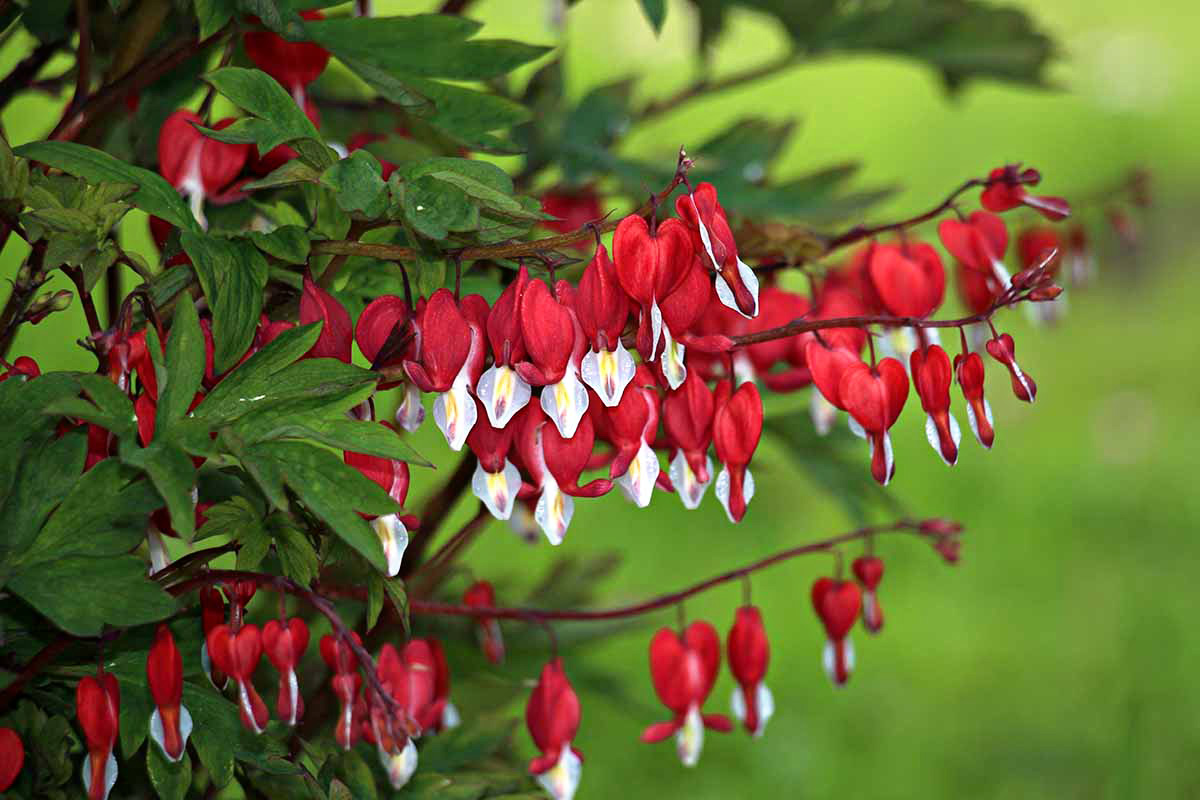

Garden Essentials
How Long Does It Take Dicentra To Germinate From Cuttings
Modified: March 15, 2024
Discover how long it takes for dicentra to germinate from cuttings in your garden. Gain insights on the germination process and timeline.
(Many of the links in this article redirect to a specific reviewed product. Your purchase of these products through affiliate links helps to generate commission for Storables.com, at no extra cost. Learn more)
Introduction
Welcome to the fascinating world of gardening, where every plant has its own unique journey of growth and development. One plant that is often sought after by gardening enthusiasts is Dicentra, also known as bleeding heart. The delicate and elegant beauty of its heart-shaped flowers makes it a popular choice for many gardeners.
But how exactly does Dicentra propagate and germinate? In this article, we will explore the germination process of Dicentra from cuttings and delve into the factors that affect their germination time. We will also discuss the ideal conditions for Dicentra germination and provide some helpful tips to successfully germinate Dicentra from cuttings.
So, whether you are a beginner gardener looking to expand your plant collection or a seasoned gardener interested in experimenting with Dicentra, read on to discover the secrets of successfully germinating this exquisite plant.
Key Takeaways:
- Dicentra, also known as bleeding heart, can be successfully germinated from cuttings in 2-6 weeks. Patience, proper care, and ideal conditions are key to the process.
- Factors such as plant variety, environmental conditions, and the health of the cuttings can affect the germination time of Dicentra from cuttings. Understanding and managing these factors can optimize the process.
What is Dicentra?
Dicentra is a genus of flowering plants in the family Papaveraceae. It is a perennial herbaceous plant that is native to the temperate regions of North America and Asia. There are several species within the Dicentra genus, but the most well-known and widely cultivated species is Dicentra spectabilis, commonly known as bleeding heart.
The defining feature of Dicentra plants is their unique, heart-shaped flowers that hang delicately from arching stems. The flowers come in various shades of pink, white, or red, depending on the species and cultivar. The foliage of Dicentra is fern-like, with finely divided leaves that add an attractive texture to the plant.
Dicentra plants are beloved by gardeners for their enchanting beauty and graceful appearance. They bring a touch of elegance and charm to any garden or landscape. The flowers of Dicentra are not only visually appealing but also hold symbolic meaning. The name “bleeding heart” comes from the heart-shaped flowers with a protruding inner petal that resembles a drop of blood. This unique feature has led to various folklores and interpretations of the flower’s symbolism.
In addition to their visual appeal, Dicentra plants are relatively low-maintenance, making them suitable for both experienced and novice gardeners. They thrive in partial shade to full shade conditions, making them an excellent choice for adding color and interest to shaded areas of the garden.
Overall, Dicentra plants are cherished for their exquisite flowers, graceful presence, and ease of cultivation. Whether grown in borders, woodland gardens, or containers, Dicentra adds a touch of elegance and beauty wherever they are planted.
Germination Process of Dicentra from Cuttings
Germinating Dicentra from cuttings is a popular method among gardeners due to its reliability and efficiency. Here is a step-by-step guide on how to successfully germinate Dicentra from cuttings:
- Start by selecting healthy parent plants: Choose a mature Dicentra plant that is vigorous and free from diseases or pests. This will ensure the success of your cuttings.
- Take cuttings: Using a sharp, sterilized knife or pruners, take 4-6 inch cuttings from the parent plant. Make sure each cutting has at least two sets of leaves. Remove any flowers or buds from the cutting.
- Prepare the rooting medium: Use a well-draining medium, such as a mix of perlite and peat moss or a commercial seed-starting mix. Fill a small container with this medium.
- Dip the cuttings in rooting hormone (optional): Although not necessary, using a rooting hormone can increase the chances of successful rooting. Follow the instructions on the rooting hormone product for proper application.
- Plant the cuttings: Make a small hole in the rooting medium and gently insert the bottom end of the cutting into the hole. Firmly press the medium around the cutting to provide support.
- Provide proper care: Place the container in a location with bright, indirect light. Keep the medium consistently moist but not overly wet. Mist the cuttings regularly to maintain humidity.
- Monitor for root development: After a few weeks, check for signs of root development. Gently tug on the cuttings to see if there is resistance, indicating that roots have formed.
- Transplant the rooted cuttings: Once the cuttings have developed roots, carefully transplant them into individual pots or directly into the garden. Ensure they are planted at the same depth as they were in the rooting medium. Continue to provide proper care until the plants are established.
Following these steps will help you successfully germinate Dicentra from cuttings and propagate new plants. It’s important to note that not all cuttings may successfully root, so it’s a good idea to take several cuttings to increase the chances of success.
Factors Affecting Germination Time
The germination time of Dicentra from cuttings can vary depending on several factors. Understanding these factors will help you have realistic expectations and optimize the germination process. Here are the key factors that can affect the germination time of Dicentra:
- Plant variety: Different Dicentra species and cultivars may have different germination requirements. Some varieties may be faster or slower to germinate compared to others. It’s important to research the specific variety you are working with to understand its germination characteristics.
- Environmental conditions: Temperature, humidity, and light are crucial factors that influence germination time. Dicentra generally prefers cooler temperatures for germination, around 60 to 65 degrees Fahrenheit (15 to 18 degrees Celsius). Providing consistent and optimal environmental conditions will promote faster germination.
- Quality of cuttings: The health and quality of the cuttings used for propagation can impact the germination time. Using healthy, disease-free cuttings from vigorous parent plants will increase the chances of successful and timely germination.
- Rooting hormone: The use of rooting hormone can help stimulate root growth and enhance the speed of germination. While not always necessary, applying rooting hormone to the cuttings can potentially expedite the rooting process.
- Moisture and watering: Proper moisture levels are crucial for successful germination. Keeping the rooting medium consistently moist, but not saturated, provides the necessary hydration for the cuttings to develop roots. Overwatering or underwatering can delay or inhibit germination.
- Air circulation: Good air circulation is important to prevent the growth of fungal diseases and promote healthy development of the cuttings. Proper ventilation helps ensure oxygen supply to the rooting medium, which aids in root formation.
By considering these factors and providing the optimal conditions, you can influence and potentially shorten the germination time of Dicentra from cuttings. Remember to be patient and monitor the progress of the cuttings regularly to ensure they are receiving the necessary care for successful germination.
Dicentra can take 2-3 weeks to germinate from cuttings. Keep the soil consistently moist and provide indirect light for best results.
Ideal Conditions for Dicentra Germination
Creating the ideal conditions for germinating Dicentra from cuttings will greatly increase the chances of successful propagation. Here are the optimal conditions to consider:
- Temperature: Dicentra seeds prefer cooler temperatures for germination. Aim for a temperature range of 60 to 65 degrees Fahrenheit (15 to 18 degrees Celsius) to provide the ideal environment for germination. Avoid exposing the cuttings to extreme heat or cold, as it can inhibit germination.
- Light: Dicentra germination benefits from bright, indirect light. Place the container with the cuttings in a location where it receives ample light but is not exposed to direct sunlight, which can scorch the delicate cuttings.
- Moisture: Proper moisture levels are essential for successful germination. Keep the rooting medium consistently moist, but not overly wet. Water the cuttings when the top layer of the medium feels slightly dry to the touch. Mist the cuttings regularly to maintain humidity.
- Humidity: Dicentra prefers a humid environment for germination. To provide adequate humidity, you can cover the container with a clear plastic bag or use a humidity dome. This helps retain moisture and create a favorable microclimate for the cuttings.
- Ventilation: While maintaining high humidity is important, it’s equally crucial to ensure proper air circulation. Good ventilation helps prevent fungal diseases and promotes healthy growth. Avoid excessive condensation by periodically removing the plastic cover or propping it open to allow fresh air to circulate.
- Rooting Hormone: Although not necessary, using a rooting hormone can help stimulate root development and expedite the germination process. Dip the cuttings in rooting hormone before planting them in the rooting medium, following the instructions on the product.
By providing the ideal conditions of temperature, light, moisture, humidity, ventilation, and optionally using rooting hormone, you can create a favorable environment for the germination and successful rooting of Dicentra from cuttings. Remember to regularly monitor the conditions and adjust as needed to ensure the best chances of germination.
How Long Does Dicentra Take to Germinate from Cuttings?
The germination time of Dicentra from cuttings can vary depending on various factors, including the specific variety, environmental conditions, and the health of the cuttings. On average, Dicentra cuttings can take anywhere from two to six weeks to root and start showing signs of germination.
It’s important to note that Dicentra may not germinate simultaneously, meaning some cuttings may take longer to develop roots and start growing compared to others. This natural variation is influenced by factors such as genetics, environmental conditions, and the overall health of the cuttings.
During the germination period, it’s crucial to provide the necessary care and optimal conditions to ensure successful rooting. This includes maintaining consistent moisture levels, providing adequate light, and maintaining a suitable temperature range.
Regularly monitor the cuttings for signs of root development, such as resistance when tugging gently on the cutting or the appearance of new growth. Once the cuttings have developed a healthy root system, they can be transplanted into individual pots or directly into the garden.
Remember that patience is key when germinating Dicentra from cuttings. It may take several weeks for the cuttings to establish roots and begin growing. Be attentive to the needs of the newly rooted plants, providing appropriate care and ensuring they have sufficient time to acclimate to their new environment before transplanting or exposing them to extreme conditions.
By understanding and managing the factors that affect germination time, as well as providing optimal conditions and patience, you can increase the success rate and speed up the germination process of Dicentra from cuttings.
Tips for Successfully Germinating Dicentra from Cuttings
Germinating Dicentra from cuttings can be a rewarding and exciting process. To increase your chances of success, here are some helpful tips to consider:
- Choose healthy parent plants: Select vigorous and disease-free parent plants for taking the cuttings. Healthy plants will produce robust and viable cuttings.
- Take cuttings at the right time: Take cuttings in early spring or late summer when the parent plant is actively growing. This is when the cuttings are more likely to root successfully.
- Use a well-draining rooting medium: Ensure the rooting medium is well-draining to prevent waterlogged conditions, which can lead to rot. A mixture of perlite and peat moss or a commercial seed-starting mix works well.
- Consider using rooting hormone: Although it’s optional, using a rooting hormone can boost the chances of successful rooting. Look for a rooting hormone specifically formulated for softwood or semi-hardwood cuttings.
- Provide the right environment: Place the container with the cuttings in a location with bright, indirect light. Maintain a temperature range of 60 to 65 degrees Fahrenheit (15 to 18 degrees Celsius) for optimal germination.
- Maintain consistent moisture levels: Keep the rooting medium consistently moist but not overly wet. Avoid letting the cuttings dry out or become waterlogged. Mist the cuttings regularly to maintain humidity.
- Ensure proper ventilation: While maintaining humidity is important, ensure good air circulation to prevent the growth of fungal diseases. Remove the plastic cover or prop it open periodically to allow fresh air to circulate.
- Be patient: Germination time can vary, and not all cuttings may root at the same rate. Be patient and monitor the progress of the cuttings regularly. Avoid disturbing the cuttings unnecessarily.
- Transplant carefully: Once the cuttings have developed a healthy root system, transplant them into individual pots or directly into the garden. Handle the roots gently to avoid damage.
- Provide ongoing care: After transplanting, continue to provide proper care, including regular watering, adequate light, and protection from harsh weather conditions. Gradually acclimate the plants to their new environment.
Following these tips and practicing patience and care will increase your chances of successfully germinating Dicentra from cuttings. Enjoy the process, and soon you will have beautiful new plants to enhance your garden or landscape.
Conclusion
Germinating Dicentra from cuttings allows you to propagate and expand your collection of these enchanting and elegant plants. By following the steps outlined in this article and considering the various factors that can influence germination time, you can increase your chances of success.
Starting with healthy parent plants and taking cuttings at the right time is crucial for obtaining viable cuttings. Providing the ideal conditions of temperature, light, moisture, humidity, and ventilation creates a favorable environment for rooting. Using rooting hormone and practicing patience during the germination process can also contribute to successful propagation.
Throughout the journey of germinating Dicentra from cuttings, it’s important to monitor the progress of the cuttings, adjust care as needed, and be attentive to their needs. Once the cuttings have developed a healthy root system, they can be transplanted into individual pots or directly into the garden, where they will continue to grow and flourish.
Remember that gardening is a delightful blend of science and art. While understanding the technical aspects of germination is important, don’t forget to enjoy the process and appreciate the beauty of Dicentra. The delicate heart-shaped flowers will bring joy and elegance to your garden, creating a captivating focal point or adding charm to shady areas.
So, whether you are a seasoned gardener looking to expand your plant collection or a beginner embarking on the journey of propagation, germinating Dicentra from cuttings is a rewarding endeavor. By applying the tips and techniques shared in this article, you can successfully propagate Dicentra and witness the magic of new plants taking root and gracing your garden with their exquisite beauty.
Frequently Asked Questions about How Long Does It Take Dicentra To Germinate From Cuttings
Was this page helpful?
At Storables.com, we guarantee accurate and reliable information. Our content, validated by Expert Board Contributors, is crafted following stringent Editorial Policies. We're committed to providing you with well-researched, expert-backed insights for all your informational needs.

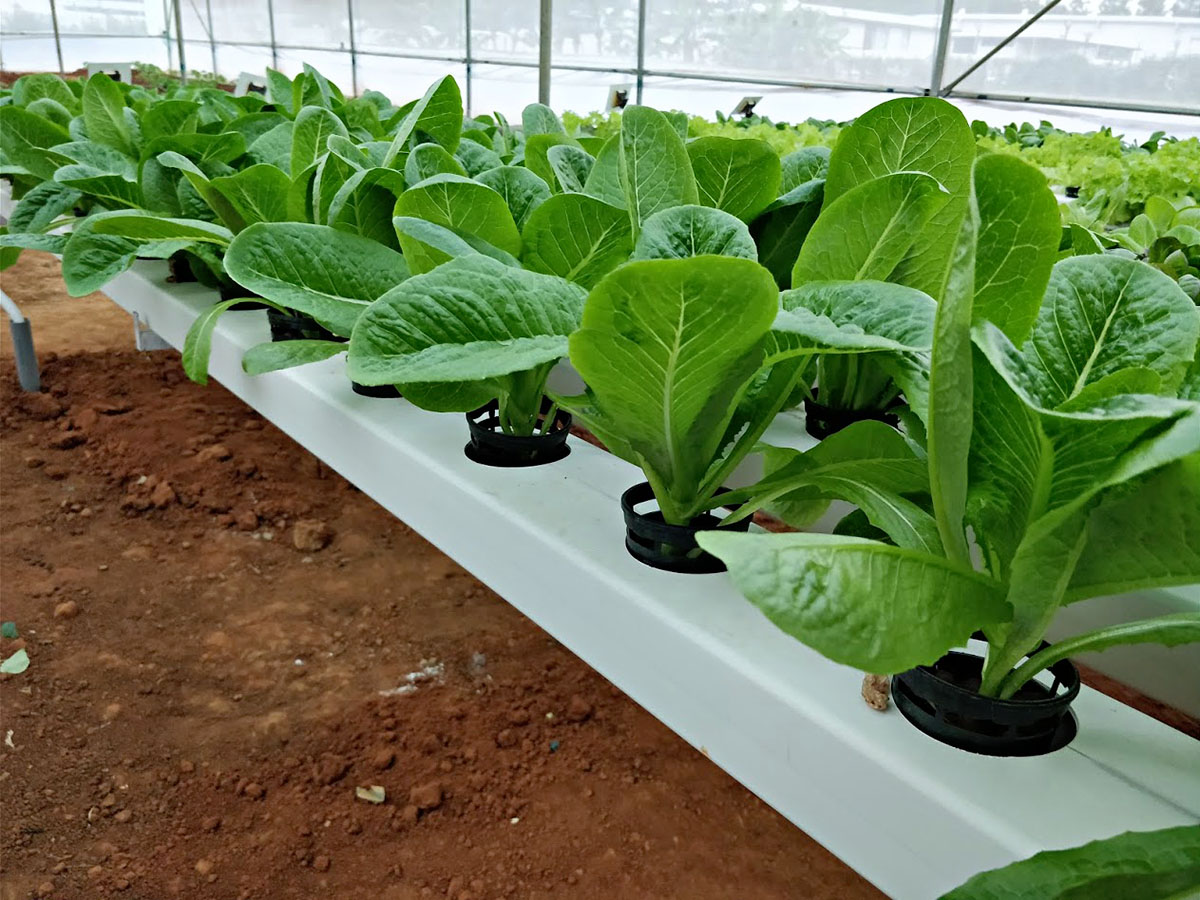
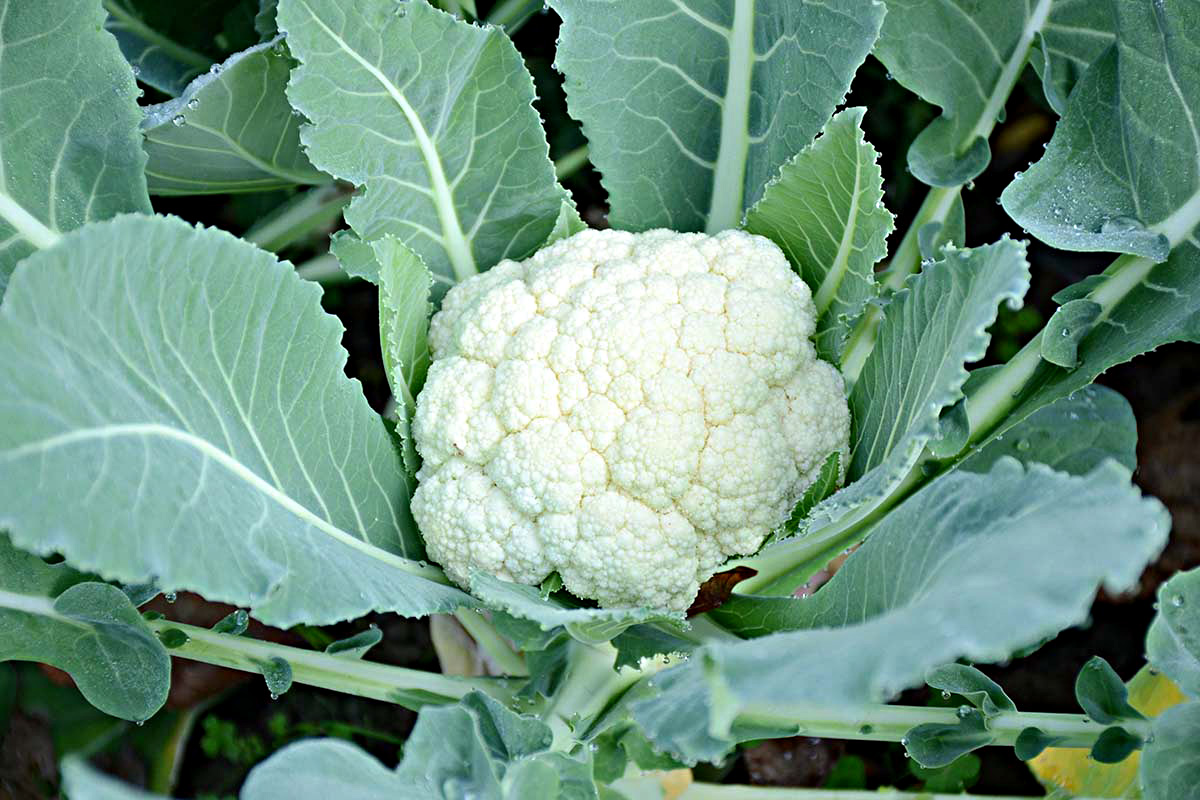
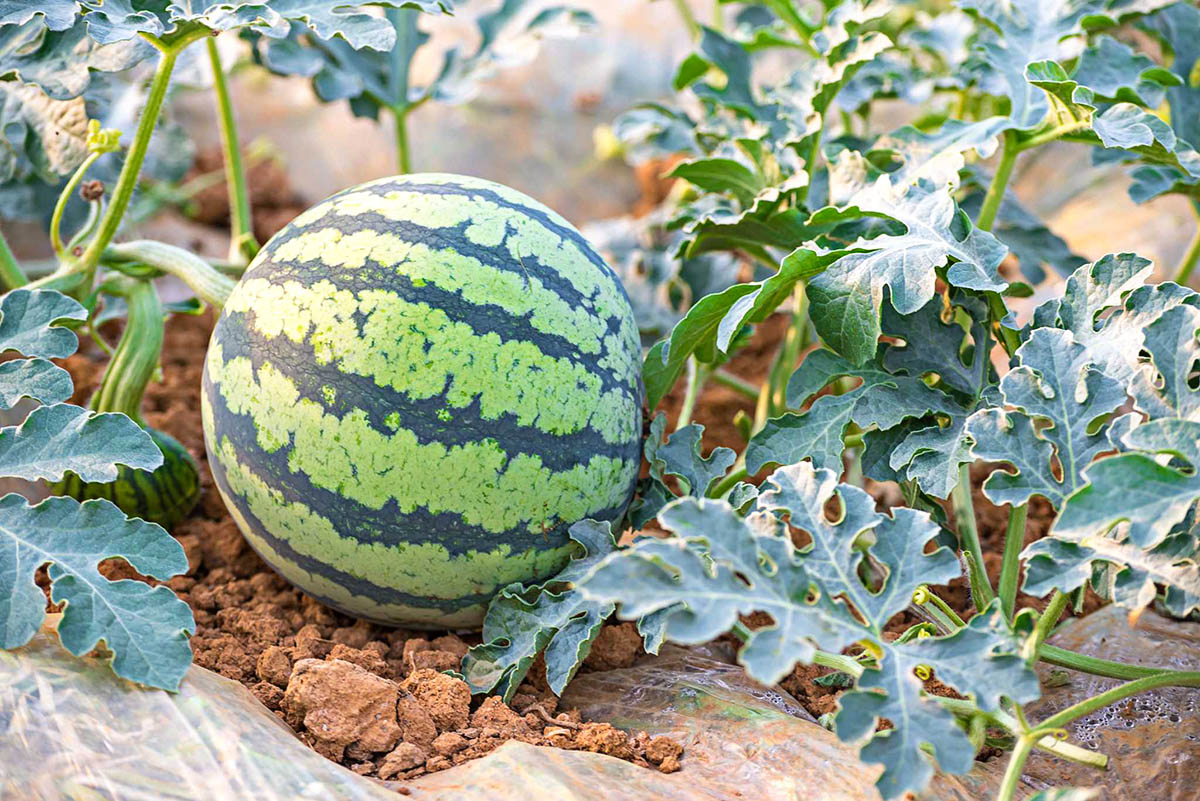
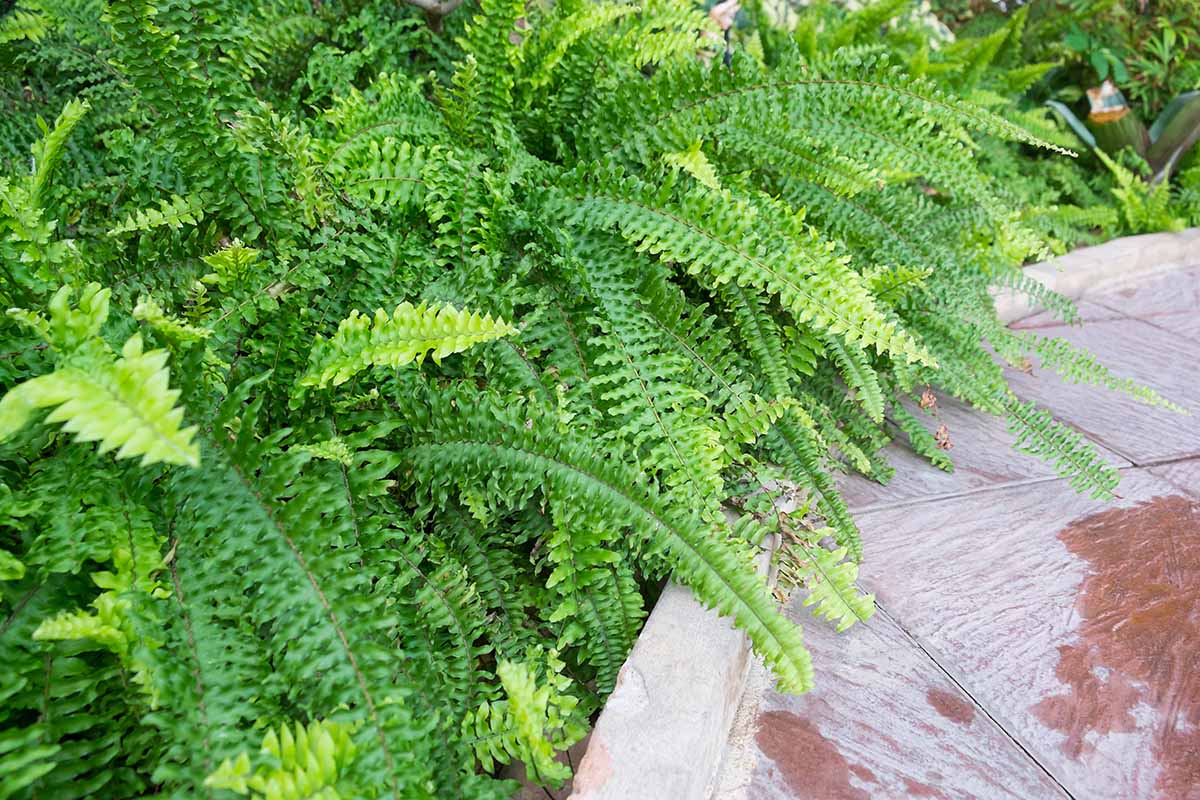
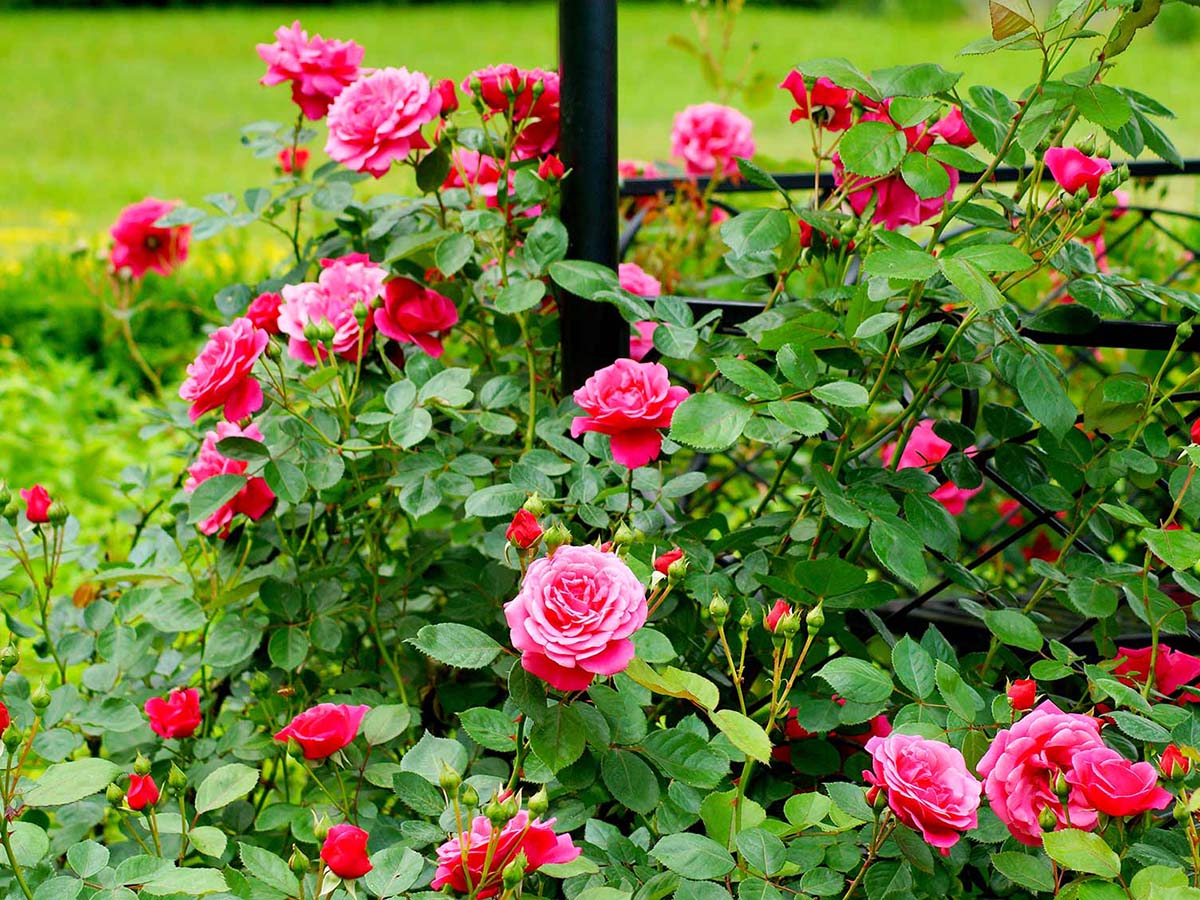
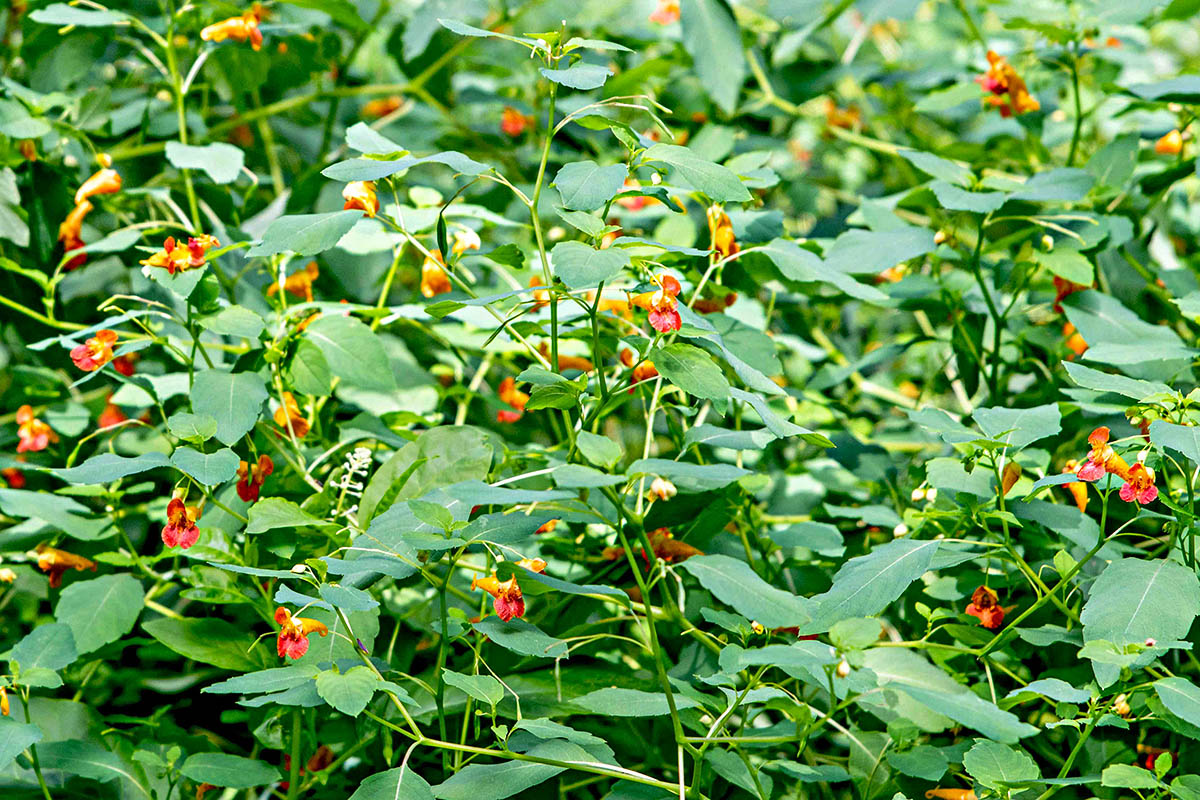
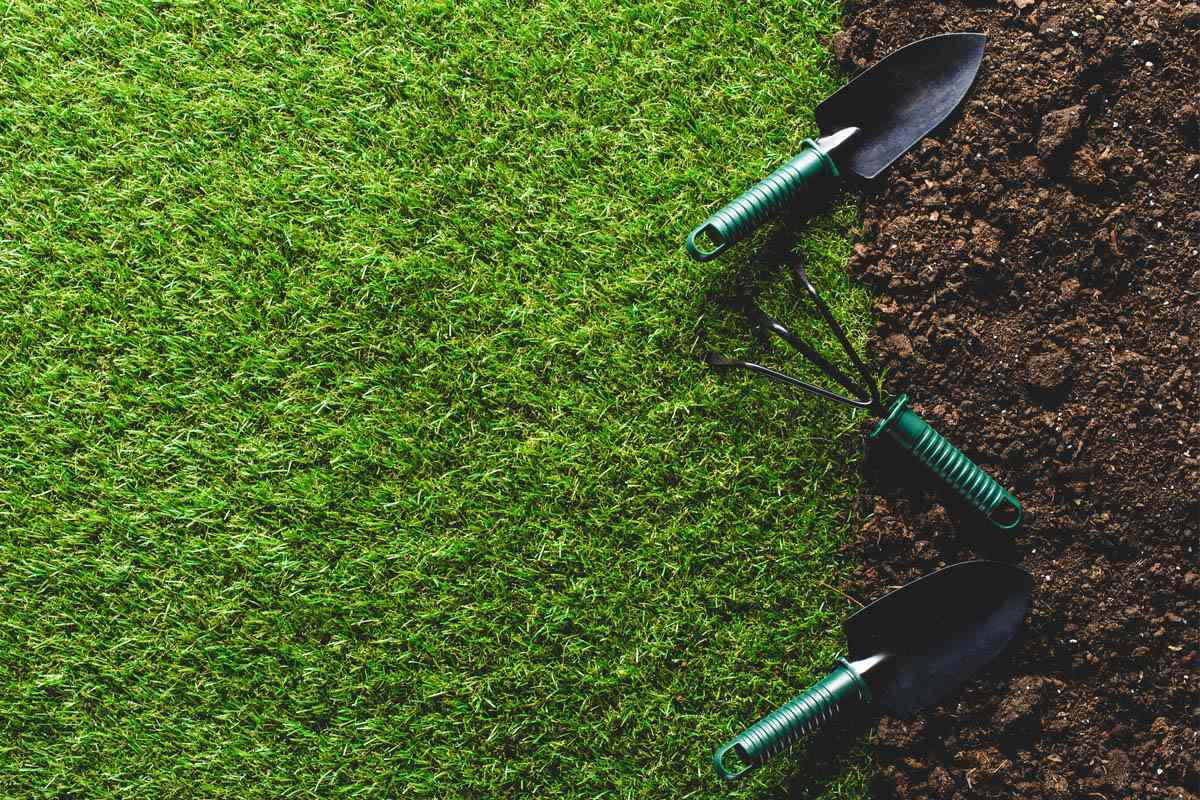

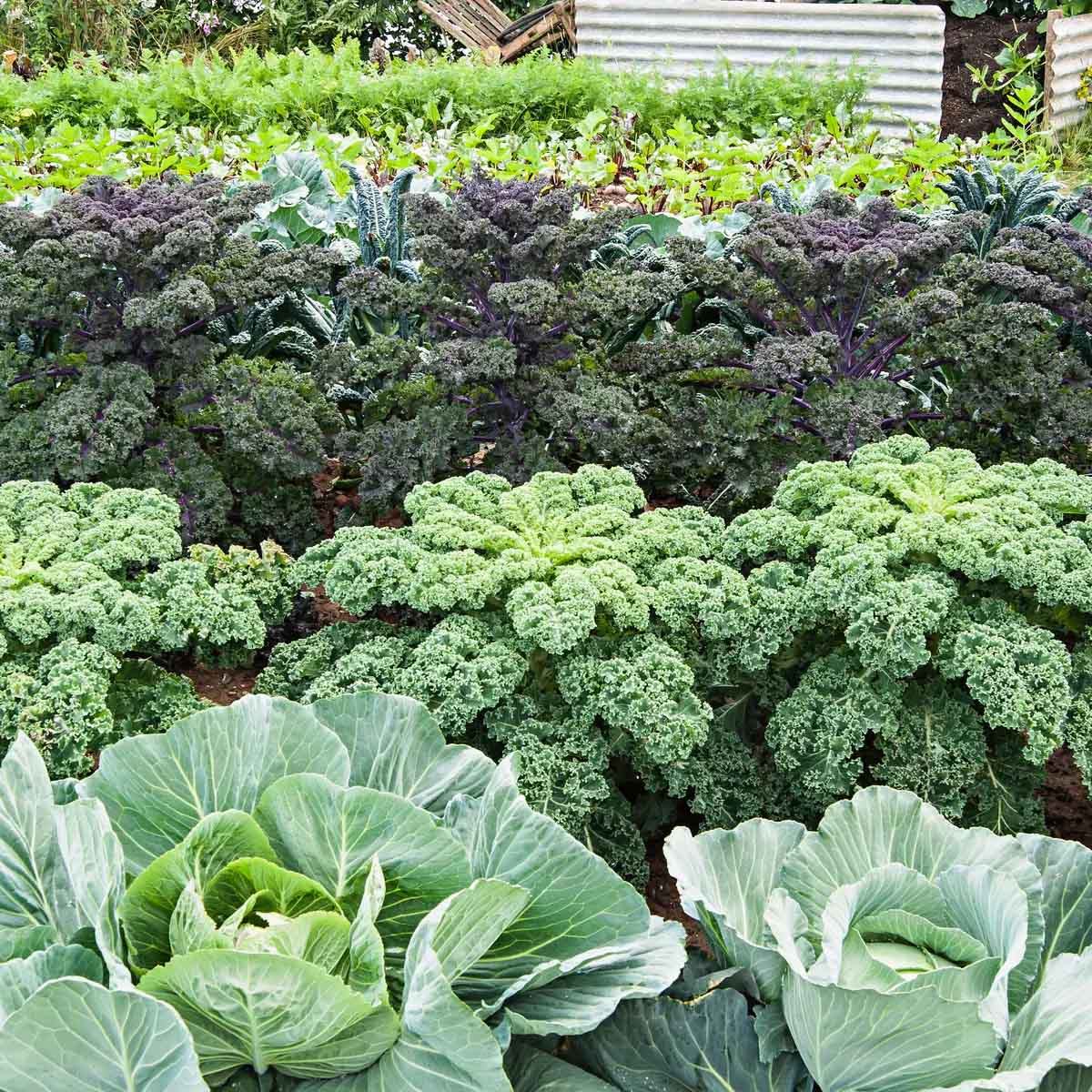
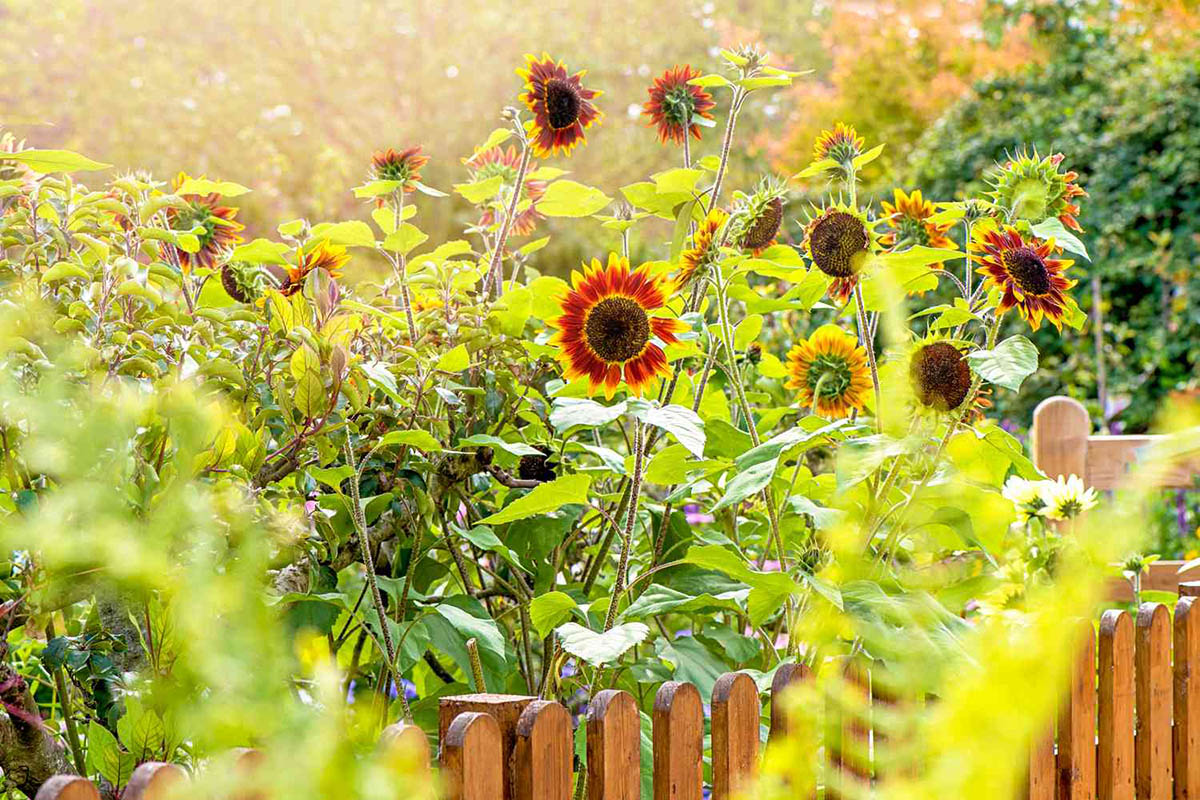
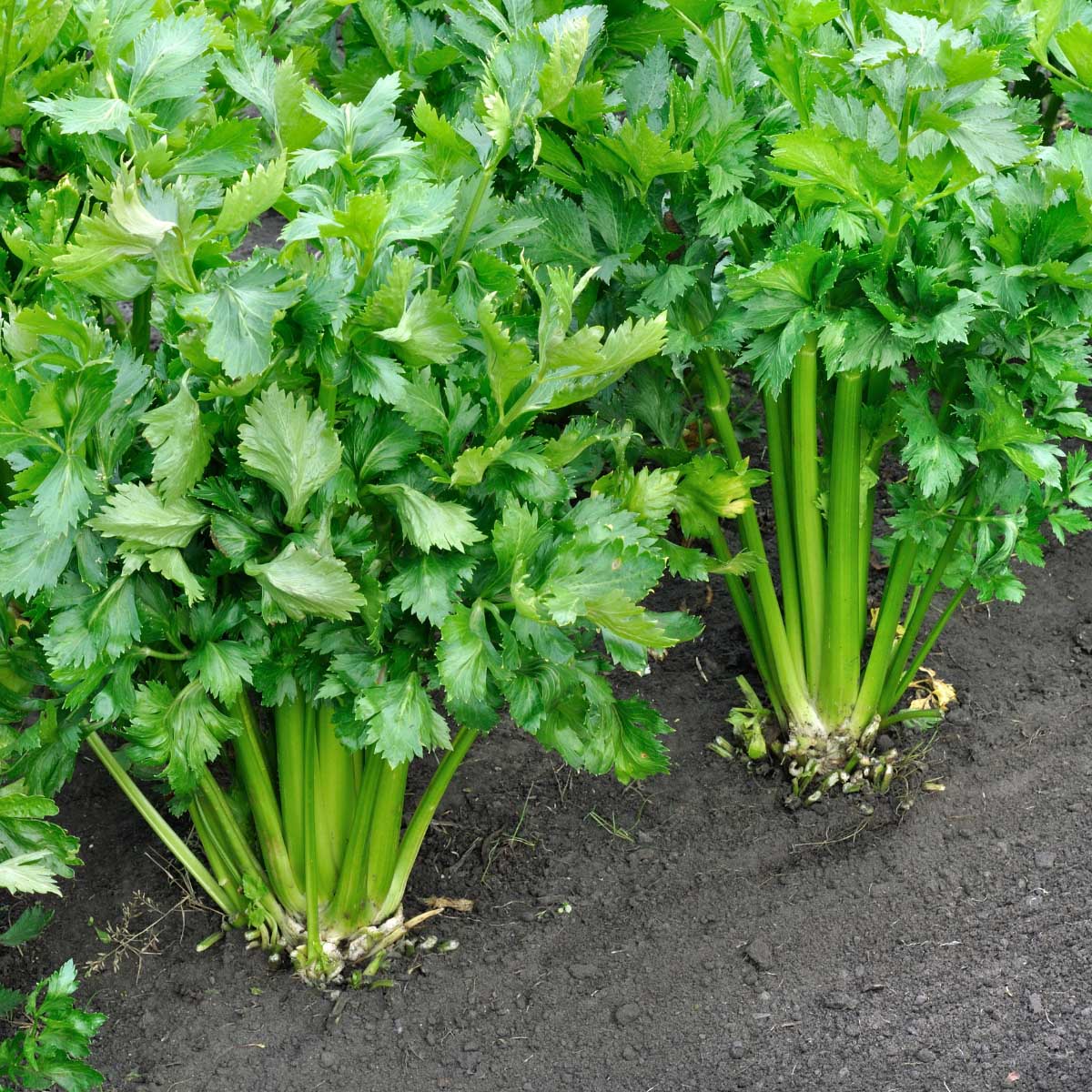
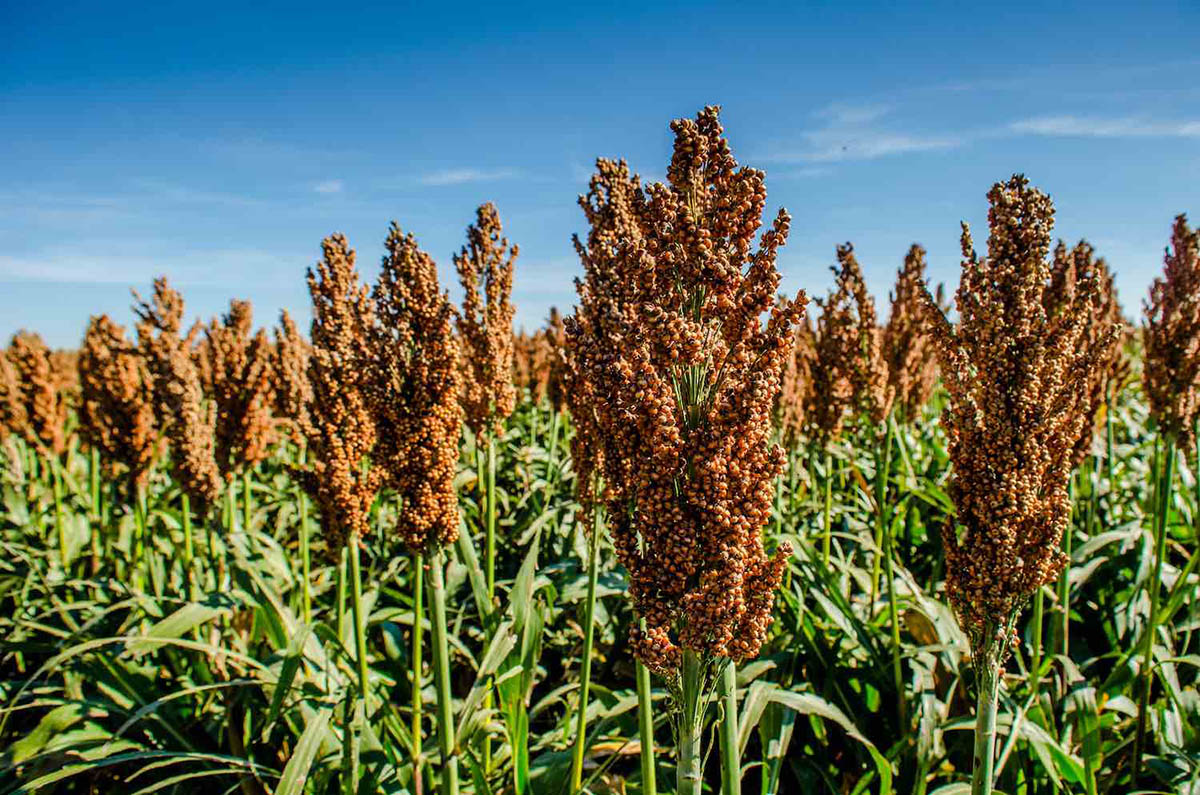
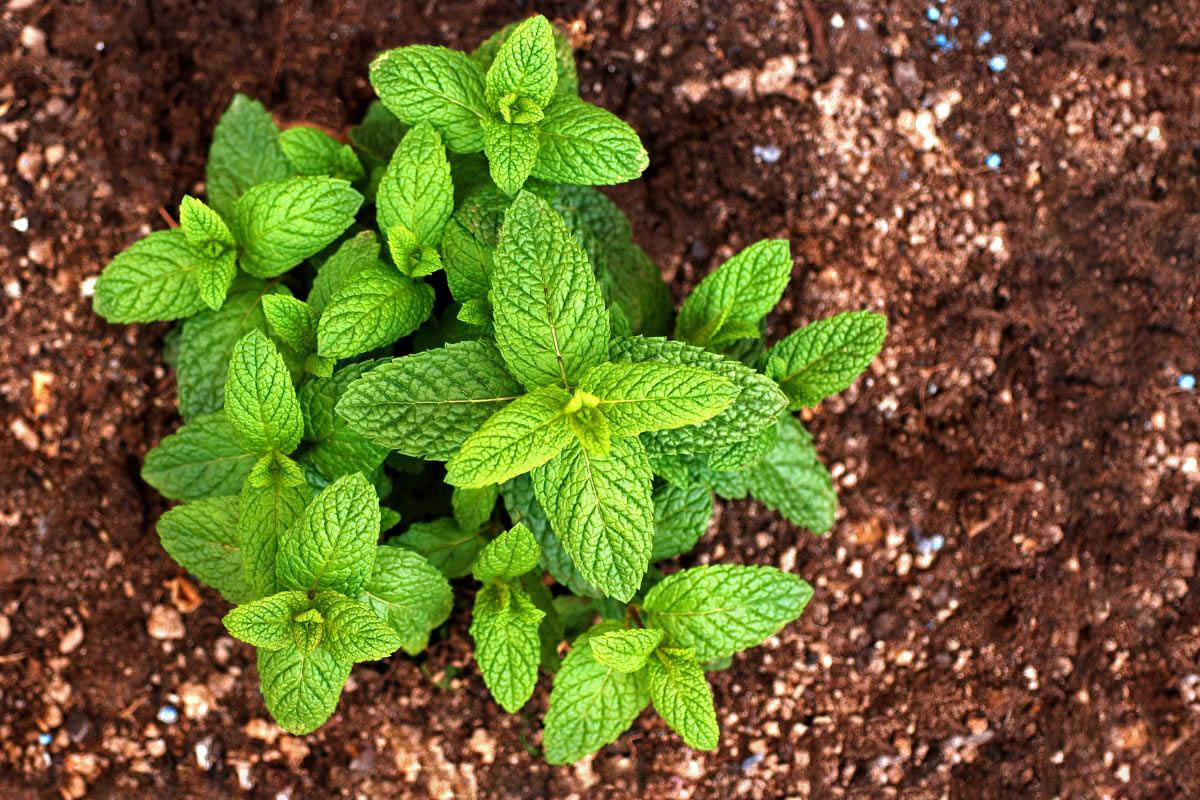

0 thoughts on “How Long Does It Take Dicentra To Germinate From Cuttings”